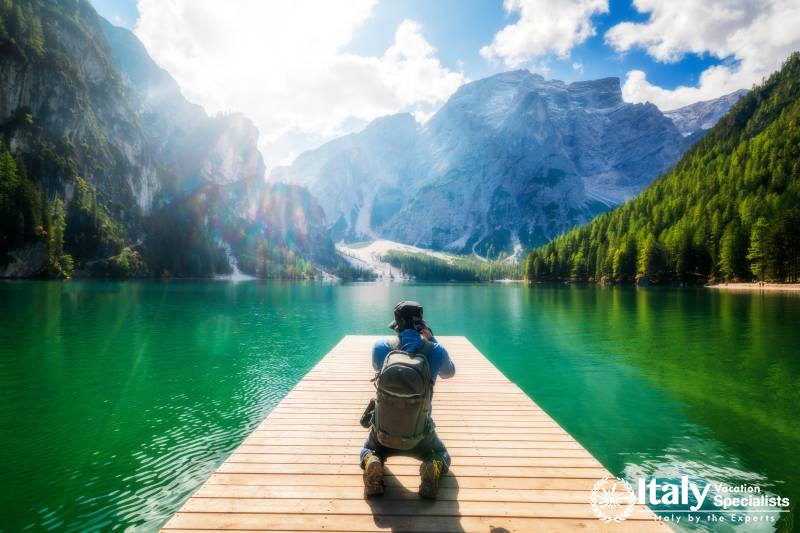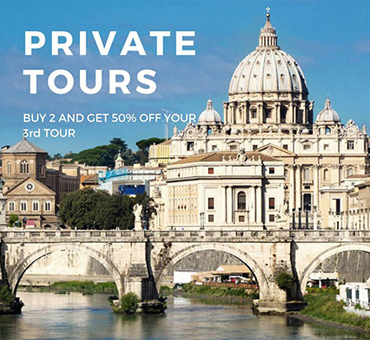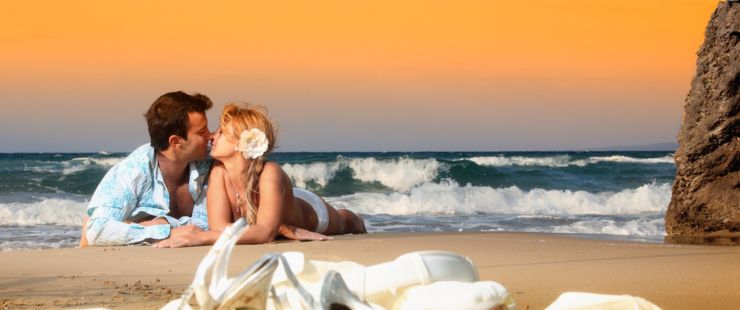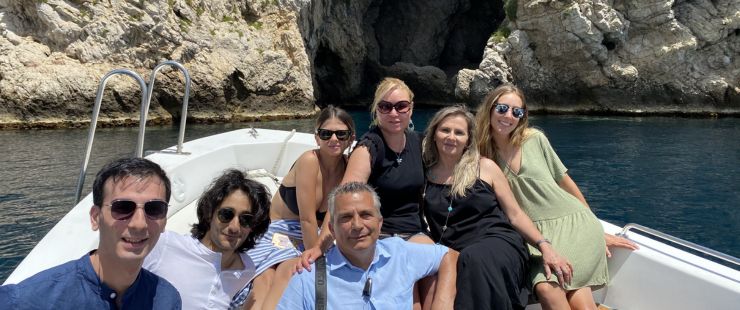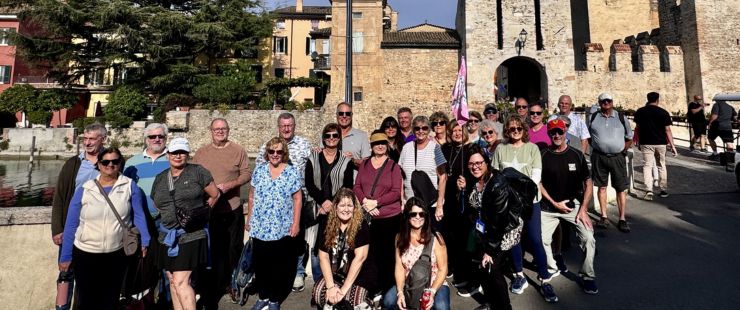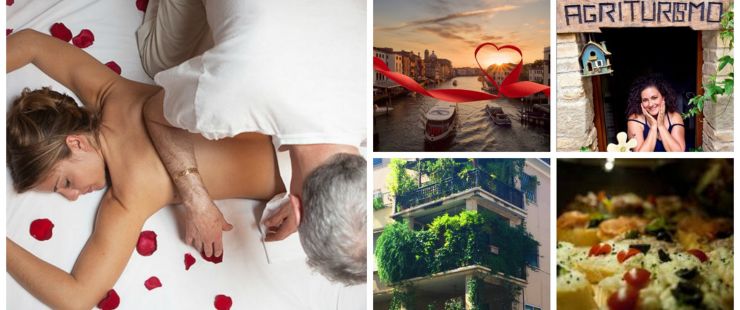Overview
The energy of Milan is incredible. Italy's most cosmopolitan city by far. A fast place European capital, full of life, fashio, money, great food and much more. Milan is the second-largest city in Italy and the capital of the Lombardy region with a population of about 1.35 million.
he city is at the center of a huge metropolitan sprawl, the most dense in all Italy, where over 4.5 million Italians make their home. It is a muscular city that is the financial, industrial and commercial heart of Italy. Indeed, Milan ranks, with New York, London, Paris, Los Angeles and Toronto as one of the world's great "alpha" cities.
As readers of www.italygroupspecialists.com are aware, our mission is to present the "off-the-beaten-track" places in Italy. Strangely, from the point of view of tourism, Milan - or Milano as the Italians know it, is not one of Italy's most popular destinations. So, we did feel an obligation to dip our editorial toes into the city and give you a good sense of what the place is all about.
Milan is not perceptibly quaint or immediately charming. Nor is it located in a landscape that stirs the imagination. It is a city of the plain, situated in the vast, fertile prairie that extends from the foothills of the Alps on the North, to the River Po to the south. To enjoy Milan and discover its abundant delights, you must penetrate, by car, train or bus, to its ancient core, which rubs shoulders with the ultra-modern "new city".
Once there, you can explore on foot, or use local buses and an efficient "subway" system to get around. From time to time a cab will suffice to get you to a site that is a bit further out than a good walk.
The city was founded, presumably by Celts as long ago as the 7th Century BC. In its long history it has been ruled by Romans, then by the invading barbarians, first the Ostrigoths, then the Longobards. Milan, like other Italian cities, operated under the commercial oligarchy commune system for a time, but also like other cities, came under the despotic rule of Signoria, with the Visconti family dominating for several decades, followed by the Sforza family.
The city was conquered by France in the 15th century, but the French were displaced by the Spanish, who, in the 18th century were overthrown by the Austrians, who, in the 19th century were defeated by Napoleon. Ultimately, of course, Milan became part of the Kingdom of Italy, which merged with the rest of the Italian peninsula to form the modern country of Italy in 1861.
This long, complicated history makes it unsurprising, therefore, that the architecture of Milan incorporates at least a few fragments from its early tribal settlers, as well as churches, palazzi, and government buildings that reflect the Roman, Gothic and Renaissance styles, sometimes all in one building. Nor is it surprising, given the wealth of the Milan's rulers and merchant families, that the artistic works scattered around the city include works from the best of the best, including works by Leonardo Da Vinci who's very famous painting, The Last Supper, hangs in the Basilica of Santa Maria delle Grazie.
There are countless churches in Milan, but the one that you will not, cannot and should not miss is the Duomo - the Cathedral - which is the 3rd largest cathedral in Europe featuring a golden Madonna at its peak, over 140 spires, many of which you can see if you take the "roof walk", and 2000 statutes. The Duomo is a Gothic building, constructed in the 13h Century, sitting in the main square of the oldest part of Milan.
Nor will you want to miss Castello Sforzesco, the seat of power for the mighty Sforza family who ruled Milan in the 14th and early 15th Centuries. The building was started in 1368, but was extended and renovated continually throughout the family's reign.
Other landmarks, old and new, that we recommend for your "must see" list, include:
- Arco della Pace (The Arch of Peace) – Piazza Sempione
- Archi di Porta Nuova (The new gate) on Via Manzoni, in the old medieval wall.
- Porta Ticinese (Ticinese Port)Via Molino delle Armi. During Roman times, this gate opened to a small port at the convergence of the Norone and Seveso Rivers.
- Stazione Centrale - Piazza Duca d'Aosta. Done in the Art Nouveau style, this is one of the largest and most impressive train stations in all Europe.
- Grattacielo Pirelli (Pirelli Tower) - Piazzale Duca d'Aosta. Built in the 1950s on the site of the original Pirelli tire works, the tower is a symbol of the modern city.
- Teatro alla Scala (La Scala Theatre) Piazza della Scala. Built in 1776, the theatre is used for live theatre, ballet and, of course, opera.
While the architectural heritage of Milan is of considerable interest, Milan is also a paradise for those who enjoy haute cuisine and haute couture. Along with Paris and London, Milan is one of Europe's most powerful fashion centers. The importance of design, however, is not limited to fashion, but extends to furniture and industrial design of all kinds. Shoppers, with money to burn, will not be disappointed with what they find in the beautiful shops that line the central commercial zoneMilan is Italy's most important financial center, featuring international-scale banks and brokerages, and also Italy's largest bourse - or stock exchange. Most of Milan's major media groups, advertising agencies, and commercial head offices are located in Milan.
To top it all off, Milan is also one of Italy's most important educational centers, with more than a dozen universities and a Polytechnic Institute of international repute.
As we said at the outset, Milan is a city of muscle. But, it is also a city of considerable refinement and sophistication. It is, as some say, a European city, not an Italian city. But, that is a superficial assessment. Milan and the Milanese are Italian, through and through.
Gallery
Location
Private and Small Group Tours
Multi-Day Holidays Tours
Hotel
Villas
Apartment
Gallery











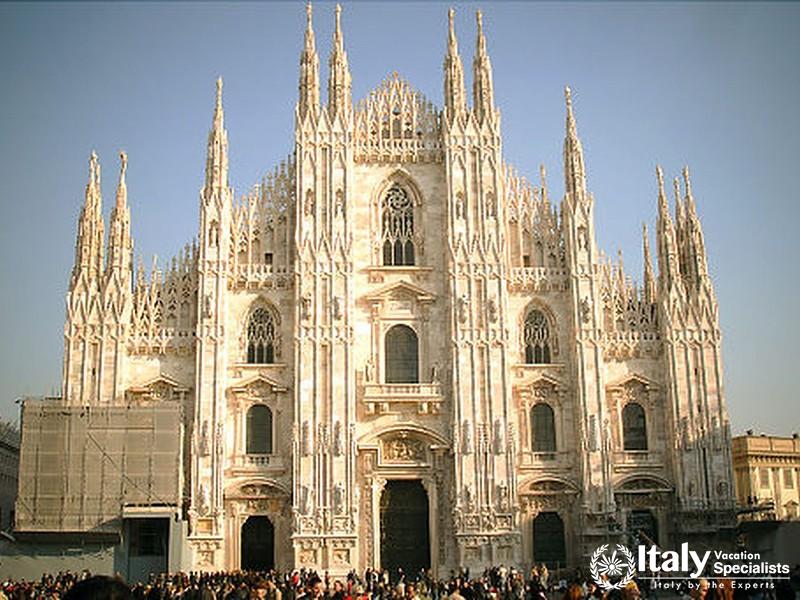
Our Private and Small Group Tours
Our Multi-Day Holidays Tours
Our Featured Properties
For Customized Holidays and Expert Advice, for travel in Italy and the Mediterranean,
get in touch with your travel agent or contact us via our
Trip Planning Questionnaire.
-
Direct In Italy: +39 375 823 5314
-
Toll Free: 1-866-779-2565











